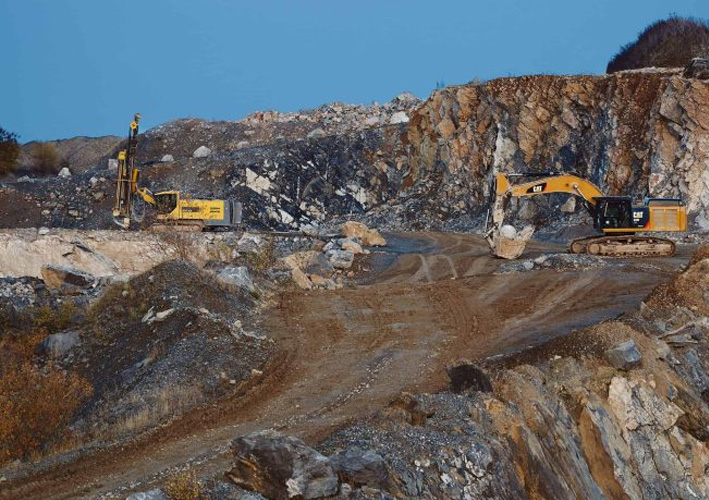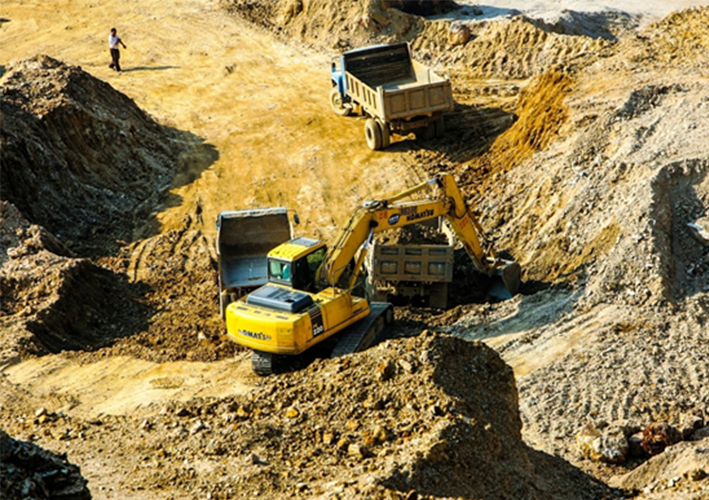Zircon, an ancient material with origins in China, is taking center stage in the latest breakthrough in the rapidly evolving mobile communications industry. Surprisingly, China is once again at the forefront of this development.
While zircon is traditionally known for its use in ceramics, it has expanded its role into the modern world, particularly in the casing material for smartphones. Korean and Chinese companies are already manufacturing phones with zircon-derived materials, and major smartphone manufacturers are gearing up to adopt this trend for their upcoming 5G smartphone models, opting for the thin yet robust ceramic material over aluminum.
The key material responsible for enhancing the protective features and performance of mobile phones is Yttria-stabilized zirconia (YSZ). YSZ is a ceramic that stabilizes the crystal structure of zirconium dioxide by incorporating yttrium oxide at room temperature and above.
These new zirconia phone cases offer improved signals, significantly faster data downloads, and support wireless charging. Despite being ultra-thin, the scratch-resistant covers can be crafted in a variety of surface textures and colors.
Interestingly, these zirconia phone cases may eliminate the need for additional protective covers, given that zirconia scores 8.5 on the Mohs scale of mineral hardness, making it highly resistant to scratches and damage.
The advantages of YSZ are extensive, allowing for ultra-thin designs to minimize weight, excellent thermal shock resistance to protect devices from sudden temperature changes, and transparency to radio waves, crucial for fast data downloads in 4G and 5G networks.
Materials currently used in mobile phone casings have reached their download speed limits, but YSZ is already in use in the latest 5G models, capable of download speeds ten times faster or more. Additionally, its non-conductive nature enables wireless inductive charging, eliminating the need for cumbersome cables.
In a remarkable feature, these zirconia cases may even exhibit self-healing properties in the unlikely event of a smartphone being dropped or knocked, thanks to their advanced microstructure.
Remarkably, the cost of manufacturing these zirconia cases is comparable to other materials when mass-produced.
The demand for zirconia is expected to surge, driven by the rising popularity of smartphones. According to Statista, smartphone sales reached a staggering 1.56 billion in 2018 and show no signs of slowing down.
Considering current sales figures and assuming a requirement of just 37g of zirconia per case, the transition to YSZ cases for all smartphones would necessitate at least 57,000 tonnes of zirconia (plus 3,000 tonnes of yttrium oxide) annually.
While the industry anticipates increased demand for its product, not only in phone cases but across various developments, new production facilities are already underway. Dr. Keven Harlow, the Executive Director of the Zircon Industry Association, expresses confidence that the industry is keeping pace with the rising demand.
“The use of zirconia across the communications field is set to revolutionize the sector. These developments have been on the horizon for a number of years, and production facilities are being developed worldwide to meet the current demands and also the projected future demands.”
Australia and China are already leaders in the production and conversion facilities of zircon, and this trend is expected to persist. As demand continues to grow, not only in the communications sector but also in various other applications, zircon and its derivatives will play an increasingly crucial role in the technological advances of our modern world.








